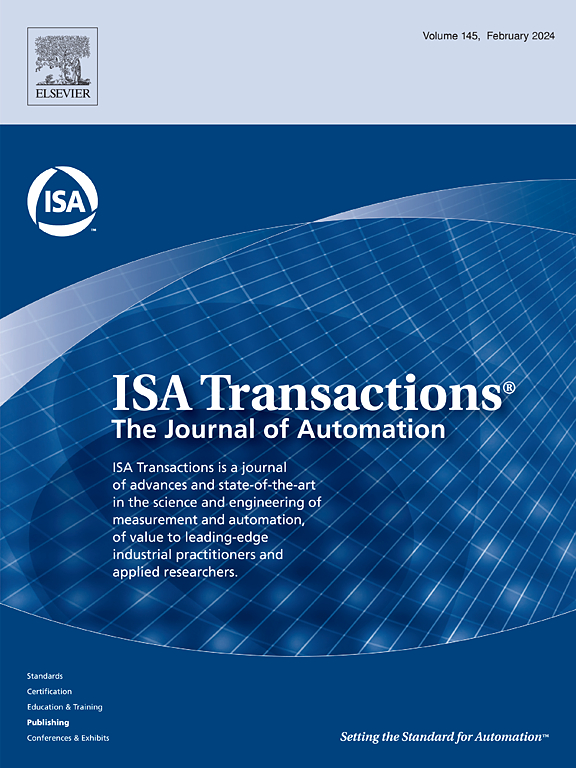PPAC-Pilot:固定翼自动驾驶仪的规定性能增强控制。
IF 6.5
2区 计算机科学
Q1 AUTOMATION & CONTROL SYSTEMS
引用次数: 0
摘要
介绍了一种针对固定翼无人机(UAV)自动驾驶仪设计的规定性能增强控制(PPAC)框架。PPAC策略旨在增强而不是取代开源自动驾驶仪中现有的PID控制回路。尽管传统的自动驾驶仪在大多数应用中有效地管理日常任务,但它们对细致调优的依赖仍然是一个限制。为了解决这个问题,PPAC利用历史飞行数据(一种经常被忽视的资源)来推导动态线性化模型和控制律,而不需要明确的无人机模型。然后,PPAC框架与总能量控制系统(TECS)集成,用于起飞和巡航场景的实际部署。综合数值模拟和硬件在环(HIL)测试通过比较基线自动驾驶仪与ppac增强系统的性能来验证该策略。结果证实,PPAC在评估场景中确保了高度跟踪误差的规定性能界限,证明了其在以最小的重新设计工作量增加自动驾驶仪方面的有效性。本文章由计算机程序翻译,如有差异,请以英文原文为准。
PPAC-Pilot: Prescribed-performance augmented control for fixed-wing autopilots
This study introduces a Prescribed-Performance Augmented Control (PPAC) framework designed for fixed-wing Unmanned Aerial Vehicle (UAV) autopilots. The PPAC strategy aims to enhance, rather than replace, existing PID control loops in open-source autopilots. Although traditional autopilots effectively manage routine tasks in most applications, their reliance on meticulous tuning remains a limitation. To address this, PPAC leverages historical flight data, a frequently overlooked resource, to derive dynamic linearization models and control laws without requiring explicit UAV models. The PPAC framework is then integrated with the Total Energy Control System (TECS) for practical deployment in takeoff and cruising scenarios. Comprehensive numerical simulations and Hardware-in-the-Loop (HIL) tests validate the strategy by comparing baseline autopilot performance with PPAC-augmented systems. Results confirm that PPAC ensures prescribed performance bounds for altitude tracking errors across evaluated scenarios, demonstrating its effectiveness in augmenting autopilots with minimized redesign efforts.
求助全文
通过发布文献求助,成功后即可免费获取论文全文。
去求助
来源期刊

ISA transactions
工程技术-工程:综合
CiteScore
11.70
自引率
12.30%
发文量
824
审稿时长
4.4 months
期刊介绍:
ISA Transactions serves as a platform for showcasing advancements in measurement and automation, catering to both industrial practitioners and applied researchers. It covers a wide array of topics within measurement, including sensors, signal processing, data analysis, and fault detection, supported by techniques such as artificial intelligence and communication systems. Automation topics encompass control strategies, modelling, system reliability, and maintenance, alongside optimization and human-machine interaction. The journal targets research and development professionals in control systems, process instrumentation, and automation from academia and industry.
 求助内容:
求助内容: 应助结果提醒方式:
应助结果提醒方式:


